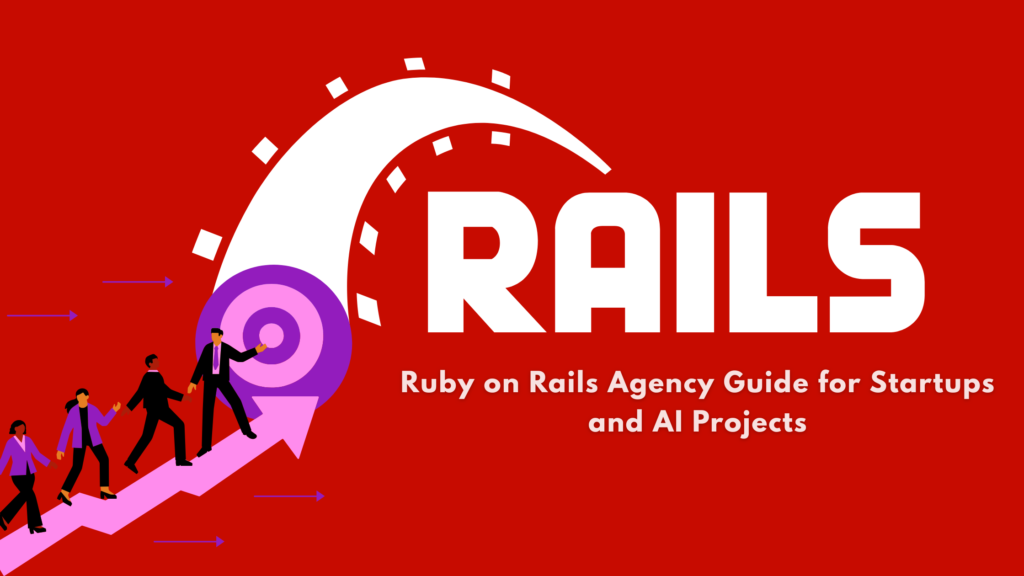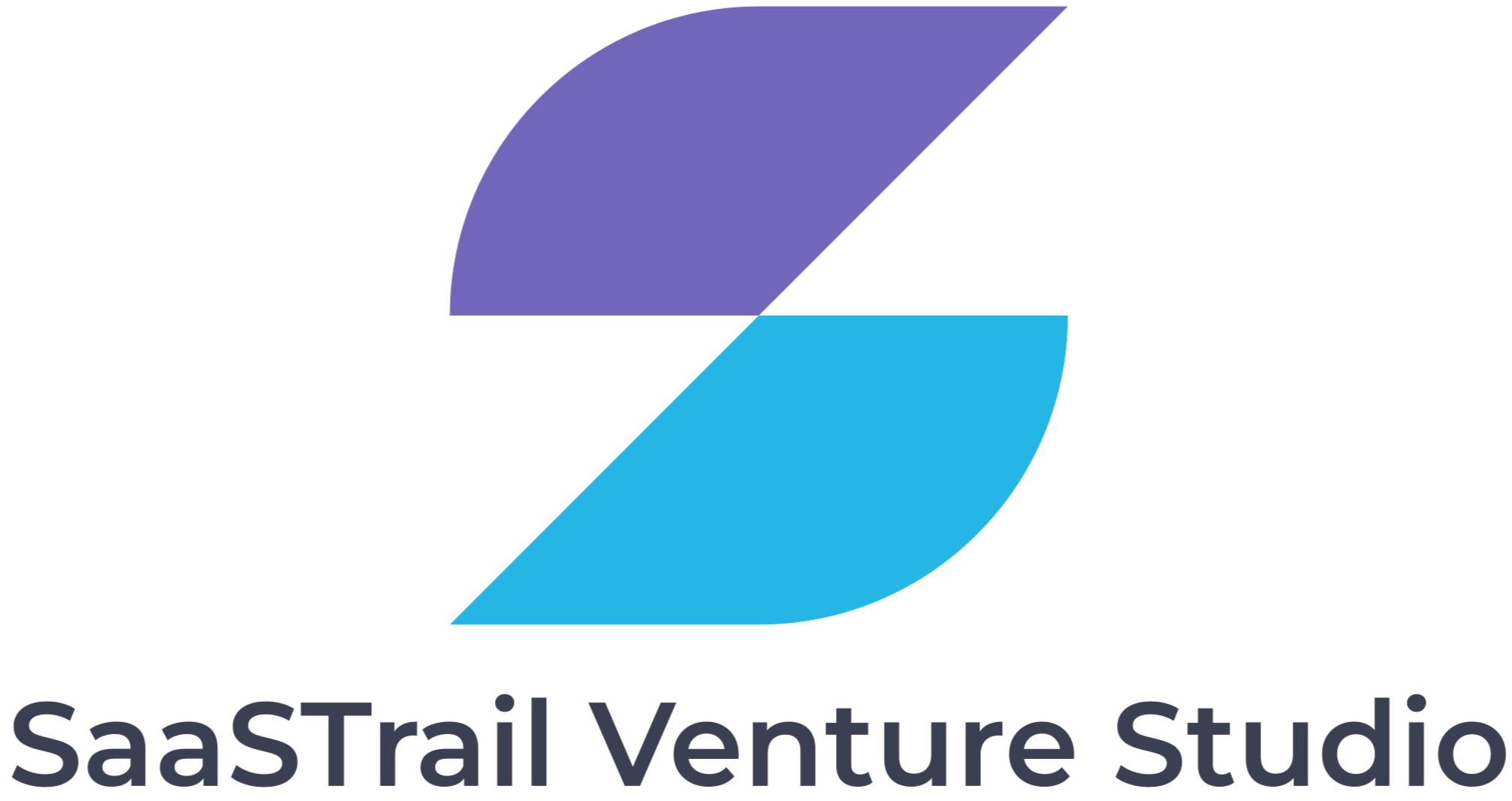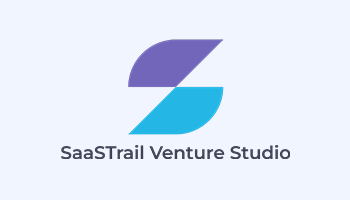
Why Choose Ruby on Rails in the Modern AI World?
In a time when AI and automation are transforming the tech world, choosing the right Ruby on Rails agency is critical. Rails remains a powerful, modern framework for building scalable, secure, and AI-integrated web applications.
Why a Ruby on Rails Agency Is Still Relevant in the AI Era
Here’s why Rails remains a smart choice even in today’s AI-first environment:
- Rapid API Development: Rails allows you to ship robust, RESTful or GraphQL APIs that serve as backbones for AI/ML-powered frontends or integrations.
- Proven Scalability: Companies like GitHub, Shopify, and Basecamp continue to run mission-critical systems on Rails.
- Perfect for MVPs and AI Products: If you’re building an LLM wrapper, internal AI tool, or prompt management system, Rails + Hotwire/React + PostgreSQL is often the fastest path to launch.
- Secure by Default: From handling auth flows (Devise, Doorkeeper) to encrypting data, Rails helps you build trustworthy infrastructure—essential when working with sensitive AI-generated or user data.
- Strong Community & Gem Ecosystem: Whether it’s background jobs for AI tasks (Sidekiq), rate limiting (Rack::Attack), or analytics (Ahoy), there’s a gem for it.
At SaaSTrail, we’ve built AI-integrated systems using Rails for use cases like:
- Clinical decision support tools
- Predictive financial dashboards
- LLM-based documentation engines
When Should You Hire a Ruby on Rails Agency?
You may consider hiring in-house, but here are scenarios where a specialized RoR agency makes more sense:
- You need fast delivery with low technical debt.
- You’re building or integrating AI tools with Rails as the foundation.
- You want to migrate or modernize a legacy Rails app.
- Your product requires secure architecture (HIPAA, SOC 2, etc.).
- You need a full product team—developers, DevOps, PMs, and QA—ready to go.
10 Factors for Choosing the Right Ruby on Rails Agency
Key Technical Standards Followed by Top Rails Agencies
Here’s a practical checklist:
1. Rails Expertise in the Latest Version
Ensure they actively use Rails 7.x, Turbo, Hotwire, etc., and write modular, maintainable code.
2. Strong Portfolio
Look for case studies in AI, finance, healthcare, SaaS, or other relevant domains.
3. Code Quality & Process
Ask about:
- Test coverage (RSpec, Minitest)
- Modular architecture
- CI/CD pipelines
- Code reviews and static analysis tools
4. Security Practices
Verify their understanding of:
- OAuth, JWT, Devise
- Data encryption at rest and in transit
- Audit logs, rate limiting, and compliance standards
5. Frontend Integration
Can they integrate Rails with:
- React or Vue frontends?
- Hotwire for real-time updates?
- Tailwind for modern UI?
6. DevOps & Deployment
Look for:
- Experience with Heroku, AWS, Fly.io, or Docker/Kubernetes
- Zero-downtime deployments
- Monitoring (New Relic, Sentry, LogRocket)
7. Agile Communication
Check how they manage:
- Standups, sprints, retrospectives
- Documentation and async updates
- Stakeholder visibility
8. AI Capabilities
Ask:
- Can they integrate with OpenAI APIs?
- Do they understand background processing (Sidekiq) for AI tasks?
- Are they familiar with handling embeddings, vector stores, or model hosting?
9. Support & Maintenance
Do they offer:
- Ongoing SLAs?
- Monitoring and incident handling?
- Upgrade/migration services?
10. References & Reputation
- Speak to past clients
- Check Clutch, G2, GitHub repos, and Twitter activity
Pricing Models: What to Expect
Ruby on Rails projects can vary significantly in scope, so choose a flexible engagement model. At SaaSTrail, we offer:
- Time & Material (T&M) – Ideal for fast-moving or evolving products. You pay only for the work done. This model supports flexibility and speed—perfect for startups, AI experiments, or phased product launches.
- Dedicated Teams – Get a full-stack team embedded with your product. Ideal for scaling after MVP.
- Fixed Bid – Suitable for highly scoped modules or integrations.
Pro tip: T&M works best when you collaborate closely and iterate frequently. It ensures momentum without bottlenecks.
Red Flags to Avoid
- Outdated Rails versions (Rails 5 or older)
- No test coverage or CI pipelines
- Poor commit hygiene on GitHub
- Lack of documentation
- “Yes-men” who never challenge product decisions
Conclusion: Choose a Strategic Rails Partner, Not Just a Vendor
In today’s fast-paced world of AI and automation, Rails continues to be one of the best choices for building reliable web infrastructure. But your choice of development partner matters just as much.
Look for a team that thinks like a co-founder, not just a coder. One that can ship fast, think critically, and align with your long-term roadmap.
Ready to Build with Rails?
At SaaSTrail, we’ve helped over 50+ teams deliver scalable, secure, and AI-ready Rails applications across fintech, healthtech, SaaS, and more.
Let’s talk about your project → [Get in Touch ]


